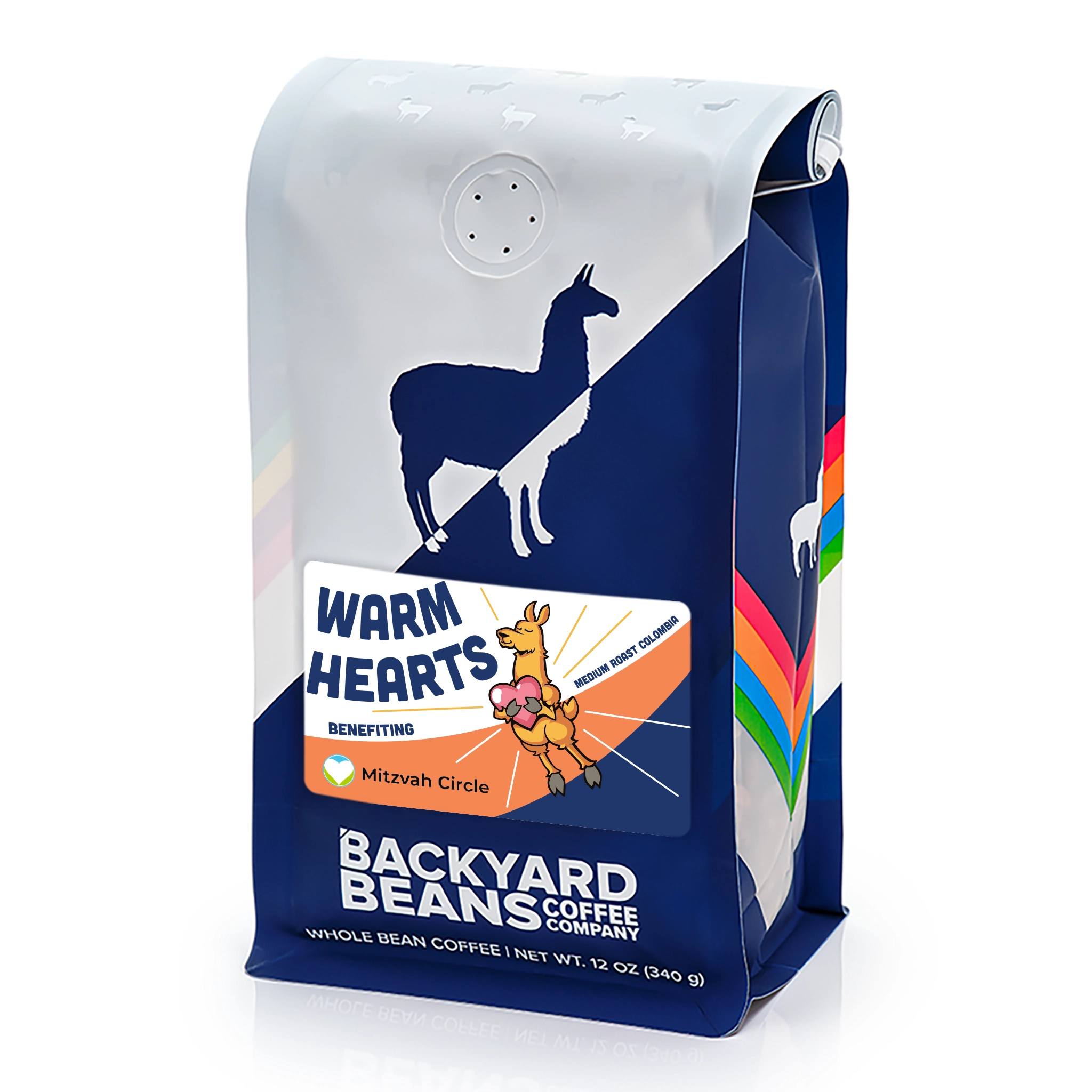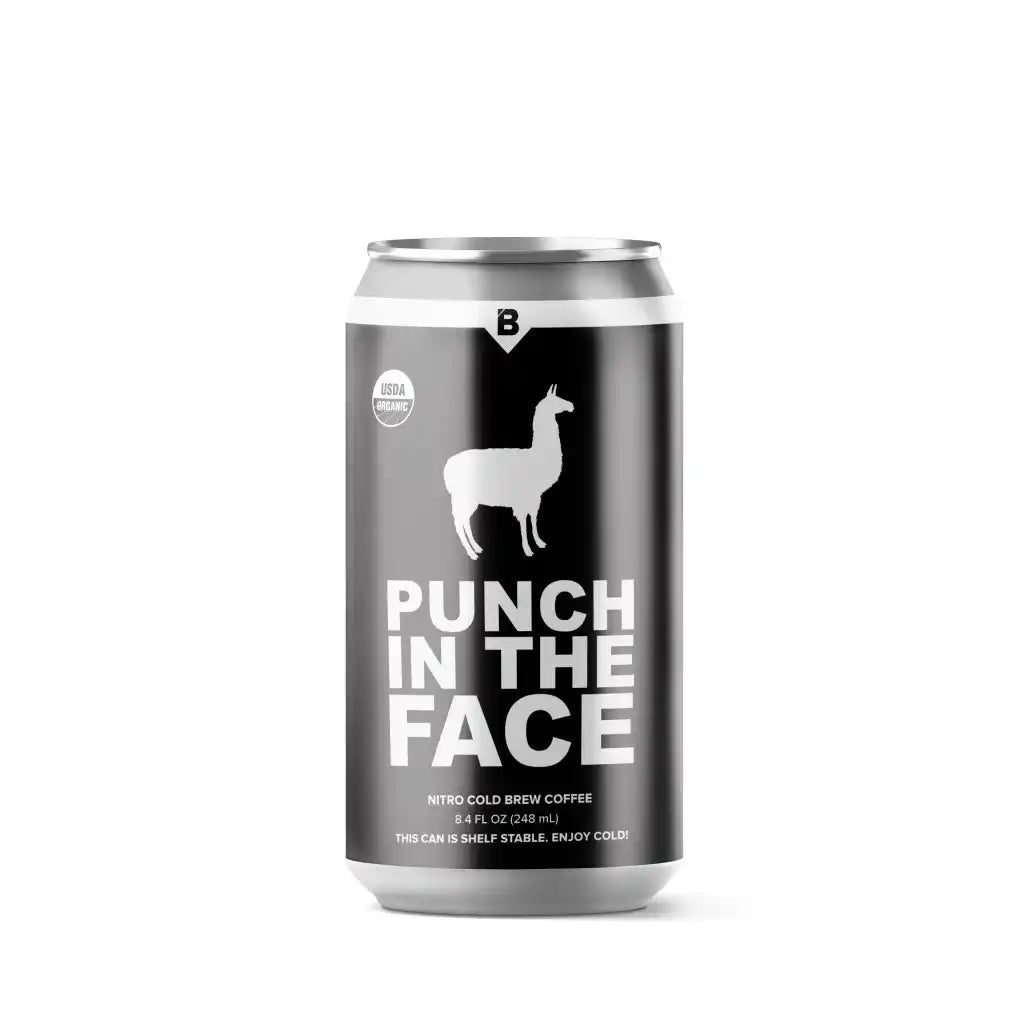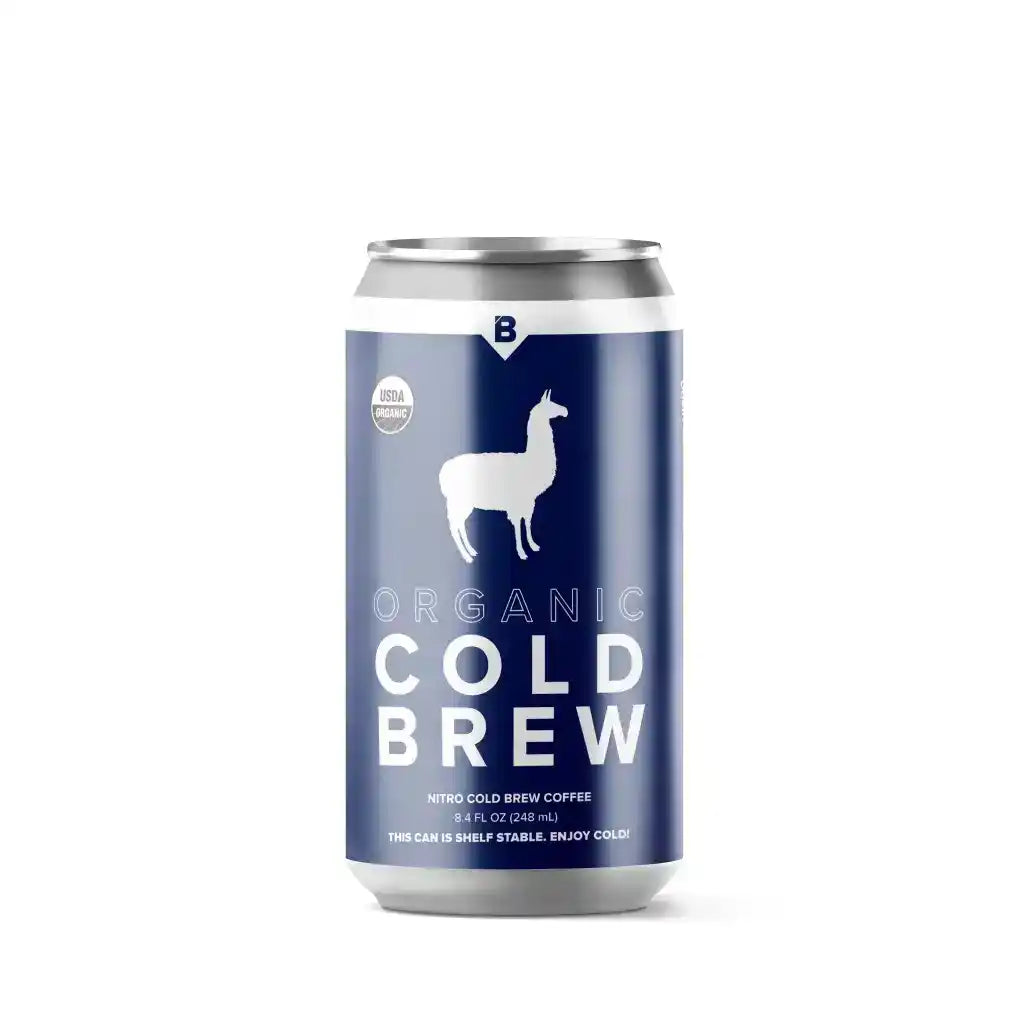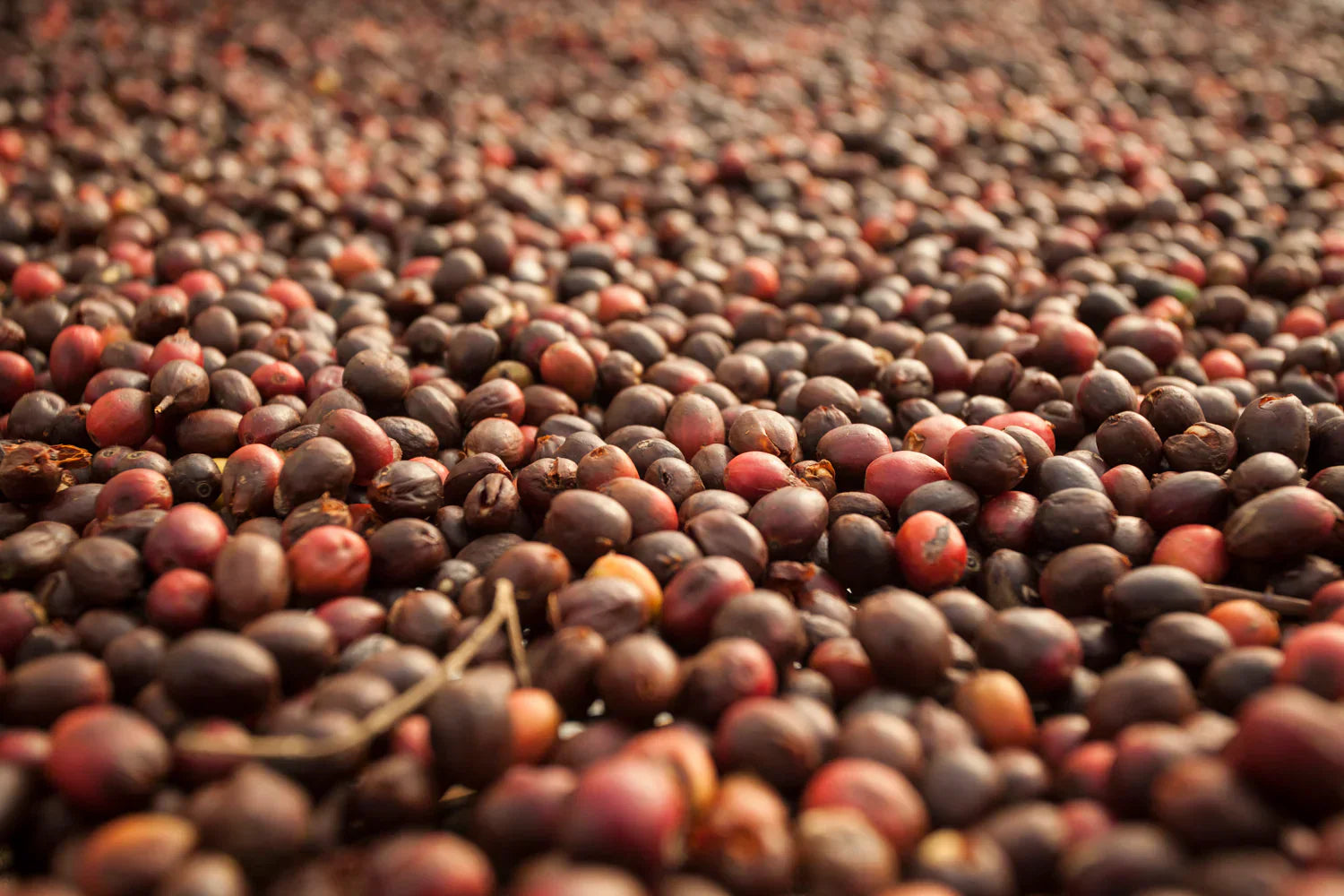
Decaf, But Make It Delicious: Exploring Sugarcane & Mountain Water Processes
Love coffee but not caffeine? You're not alone. Whether you're cutting back for health, sleep, or just that jitter-free peace of mind, you shouldn’t have to sacrifice flavor to go decaf. That’s where the EA Sugarcane decaf process comes in—a natural, clean, and downright impressive way to make decaf coffee taste like the real thing (because it is).
Let’s walk through how it works—and how it compares to other popular decaf methods, including the Mountain Water Process and the more old-school Methylene Chloride method.
What Is the EA Sugarcane Decaf Process?
The EA (ethyl acetate) Sugarcane process is a mouthful to say, but it’s actually pretty simple—and natural. Ethyl acetate is a compound found in fruits and, in this case, it’s naturally derived from sugarcane grown in Colombia. It’s used to gently remove caffeine from green coffee beans, without stripping away the flavor you love.
What makes it special? It’s a natural process, rooted in local agriculture, and it actually
helps the coffee taste like coffee. Win-win-win.

How It Works
- The beans arrive at a facility in Manizales, Colombia—green, raw, and full of caffeine.
- They’re steamed to remove the silverskin (a thin outer layer), which helps open up the bean.
- Then, they’re moistened with mountain spring water—this helps prep them to absorb the EA.
- The beans take an EA sugarcane bath, where the natural compound bonds to the caffeine and draws it out.
- After the caffeine is removed, they’re steamed again to remove any leftover EA—so nothing but pure flavor remains.
-
They’re gently dried, polished, and sent off to roasters around the world.
By the end, you’ve got a clean, sweet, smooth bean that’s 99% caffeine-free and full of flavor.
What About the Mountain Water Process?
We also love the Mountain Water Process, and here’s why—it uses pure glacial water from Pico de Orizaba in Mexico, no solvents, no additives. It’s a completely water-based method that removes caffeine while preserving flavor using a carbon filtration system.
The result? A mellow, clean-tasting cup that’s totally chemical-free and perfect for anyone who values a gentle, natural approach.
(And Then There’s the Traditional Method: Methylene Chloride (MC)
This is the method most conventional decaf uses. Beans are steamed, rinsed with a chemical solvent called methylene chloride, then steamed again to remove any remaining traces.
Yes, it’s FDA-approved and considered safe in small amounts. But for those who prefer a more natural, environmentally friendly approach, the EA or Mountain Water methods are the way to go.)
So, Which One Should You Choose?
Honestly? Both EA Sugarcane and Mountain Water decafs are excellent, and we proudly roast coffees using both. They’re safe, sustainable, and deliver great flavor in the cup. It just comes down to your personal preference:
-
Mountain Water Process – Decaf Honduras: Balanced, sweet, and 100% water-based.
-
EA Sugarcane Process – Llamaste Decaf: Naturally sweet, smooth, and flavor-forward.
What we don’t recommend? Settling for a flat, flavorless cup of decaf that doesn’t respect the bean. Life’s too short for bad coffee—even when it’s decaf.
Pick your favorite—or better yet, try both and see which one fits your vibe. Either way, you’re getting decaf done right.






Leave a comment
This site is protected by hCaptcha and the hCaptcha Privacy Policy and Terms of Service apply.